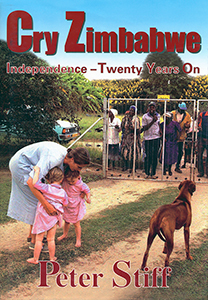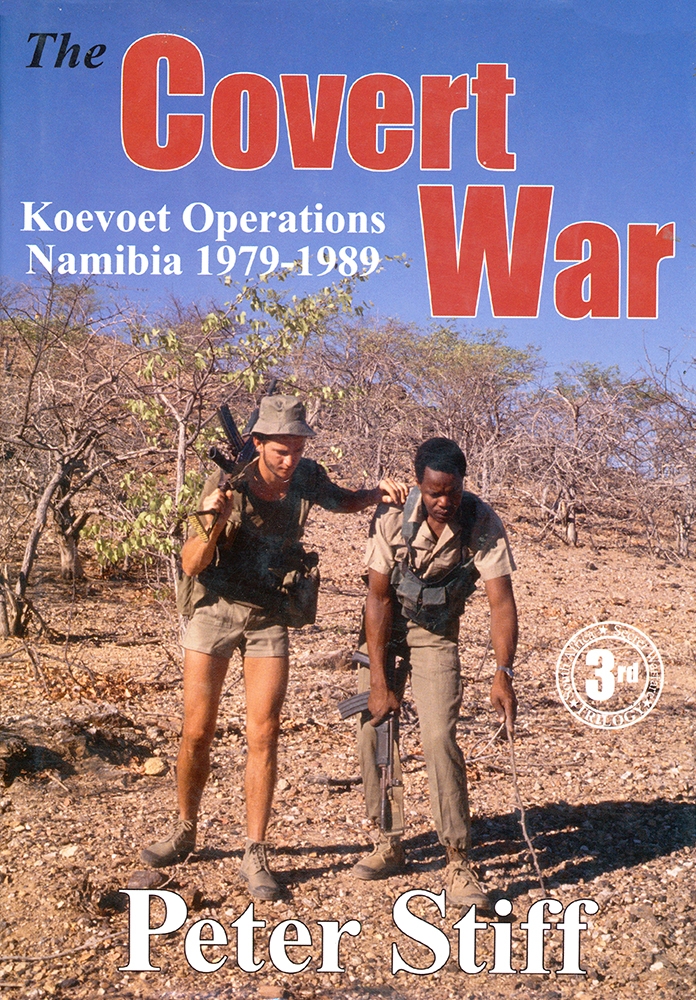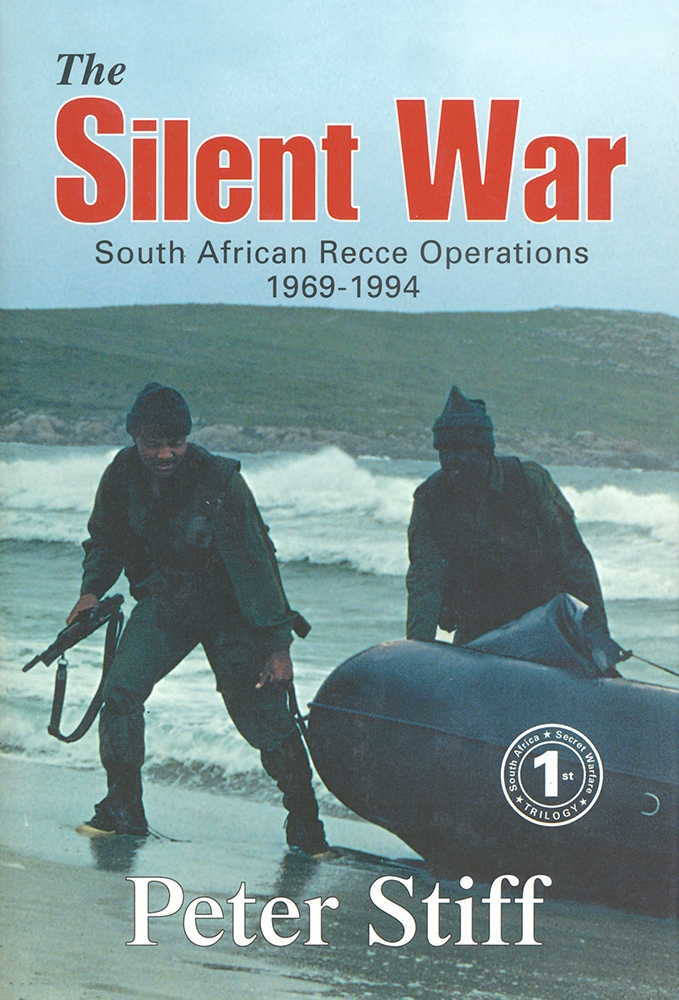Tommy Goes Home, by Peter Stiff

Tommy Goes Home, by Peter Stiff. (2nd edition, 2013) ISBN 978919854489 / ISBN 978-919854-48-9

Tommy Goes Home, by Peter Stiff. Outtake from 1st edition 1977. ISBN 0797402799 / ISBN 0-7974-0279-9
Lion stories are an integral part of the folklore of Africa. What makes Peter Stiff's book 'Tommy Goes Home' so different from the usual run is that it is a pure adventure story of a family set in the midst of contemporary African history and amazingly is quite true.
In Angola the Forsters battled with aching muscles, block and tackles, power saws and faltering vehicles about to give up the ghost, through swamp, forest, savannah grasslands and endless bushveld. They were beset by starvation, fever and threats of sudden horrible deaths at the hands of instant black soldiers, some as young as 12 or 13, dressed in rags, but armed with modern Soviet weapons and eager to kill. The tropical heat was so intense that even Tommy nearly died. Once Manfred spurned the offer of a King’s ransom in diamonds to stay and fight as a mercenary commander but no amount of diamonds was worth the lives of his family. Throughout the story one remarkable continuous thread is apparent. Without Tommy as their constant companion, friend and guardian, none of the Forster family would have survived to tell this story but survive they did. This is not just another animal story. It is a remarkable animal story as well as a family story full of love, laughter and pathos. It is also a story of an African civil war and the agony of ordinary people when they are drawn willy-nilly into the maelstrom of a conflict that was not of their making. What is written in these pages is true it all happened. (...) As we left Henrique de Carvalho in Angola, the rains came down in torrents. On went the windscreen wipers and our progress slowed to a virtual crawl until the rain eased. In spite of this, we made good time and reached Muriege, a distance of 105 kilometres, just after 3 p.m. It was a small town with one main street about 500 metres long with small red-roofed houses on the left and right of the road. At the end of the main street was a little cafe with an outside thatched conical shelter and benches inside. Seated on the benches drinking beer were about eight or ten Portuguese soldiers and policemen. On the other side of the street was parked a large 12-ton lorry loaded with dried fish, the high smell of which was almost indescribable. We stopped for a short while at the cafe as Karin wished to buy some bread. While we were making our purchases, Uwe and Frank noticed some Portuguese children playing with a mongoose and two parakeets in a cage nearby. Before we had returned to the vehicles they had quickly negotiated a deal for the birds and had deposited them in our cages with the parrots. When we returned they were in the process of clinching another deal on the mongoose. We saw what they we up to, and put a stop to their antics as we had nowhere to put a mongoose. I spoke to the soldiers and enquired what the road ahead was like. One said it was all right but we should be careful, as about ten kilometres further on a bridge had recently been destroyed by a mine explosion. 1 did not see any Nationalist troops there, so I assumed the Portuguese were still in control. It was probably because they liked the layout and situation of the cafe. We left the village and climbed up a steep hill. At the crest the tar road finished abruptly and became a dirt track. It was a sea of mud after recent rains. My spirits sank. I had reached a state of mind where the sooner I shook the dust(or rather the mud) of Angola off my feet the better 1 would like it. Ten kilometres out of town, as the military had warned us, we came upon the recently destroyed bridge. It was a concrete structure, but the centre arches had been demolished by an explosive charge. I looked around warily as we crossed over the logs planks which had been used to make temporary repairs. Past the bridge the track narrowed even more and became barely visible from the cab as long grass grew right up to the edges and also on the narrow strip in the centre that had not been driven on. (...)
This is an excerpt from the book: Tommy Goes Home, by Peter Stiff.
Title: Tommy Goes Home
Author: Peter Stiff
Publisher: Galago
Cape Town, South Africa 1977
ISBN 0797402799 / ISBN 0-7974-0279-9
Hardcover, dustjacket, 17x24 cm, 232 pages, numerous photos
Stiff, Peter im Namibiana-Buchangebot
Tommy Goes Home
Tommy Goes Home is the true story of a German family's amazing treck across Africa between hope and civil war.
See You In November. The Story of Alan ‘Taffy’ Brice: An SAS Assassin
See You In November ist the story of SAS member Alan ‘Taffy' Brice, who led a a secret assassination team in hostile Zambia during the Rhodesian Bush War years.
Taming the Landmine
Taming the Landmine is about the advances made in the design of mine protected vehicles in Rhodesia and South Africa from World War I to the 1980s.
The Rain Goddess
The Rain Goddess is an explosive novel based on facts and set in Rhodesia, now Zimbabwe, in the mid 1960s and early 1970s.
Warfare by Other Means: South Africa in the 1980s and 1990s
Warfare by Other Means describes the methods of warfare conducted by South Africa’s secret intelligence and covert warfare units in the 1980s and 1990s.
Cry Zimbabwe. Independence-Twenty Years On
Cry Zimbabwe is a most into topic story of the ongoing tragedy twenty years on after Zimbabwe acchieved independence.
The Covert War. Koevoet Operations in Namibia 1979-1989
The Covert War is the full and mostly untold story of the Koevoet operations in northern Namibia during 1979-1989.
The Silent War. South African Recce operations 1969 to 1994
The Silent War. South African Recce operations 1969 to 1994: South Africa’s special forces during the apartheid years.








